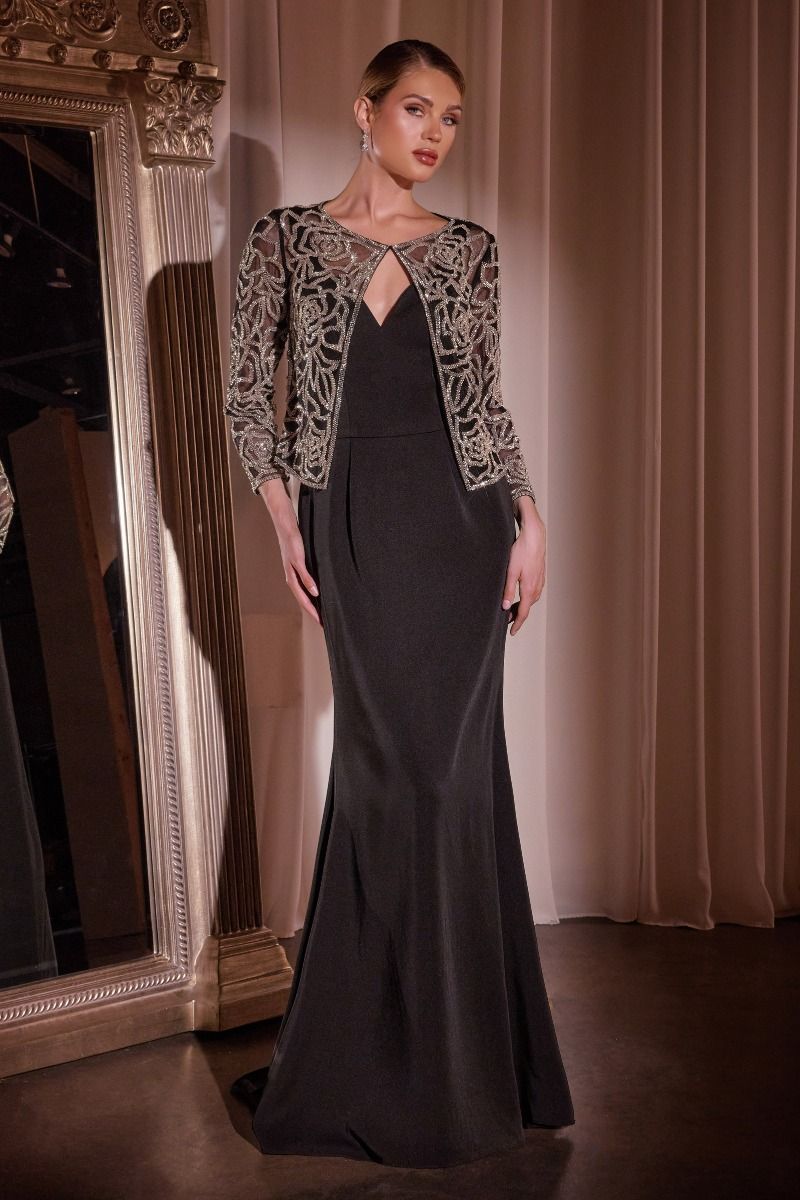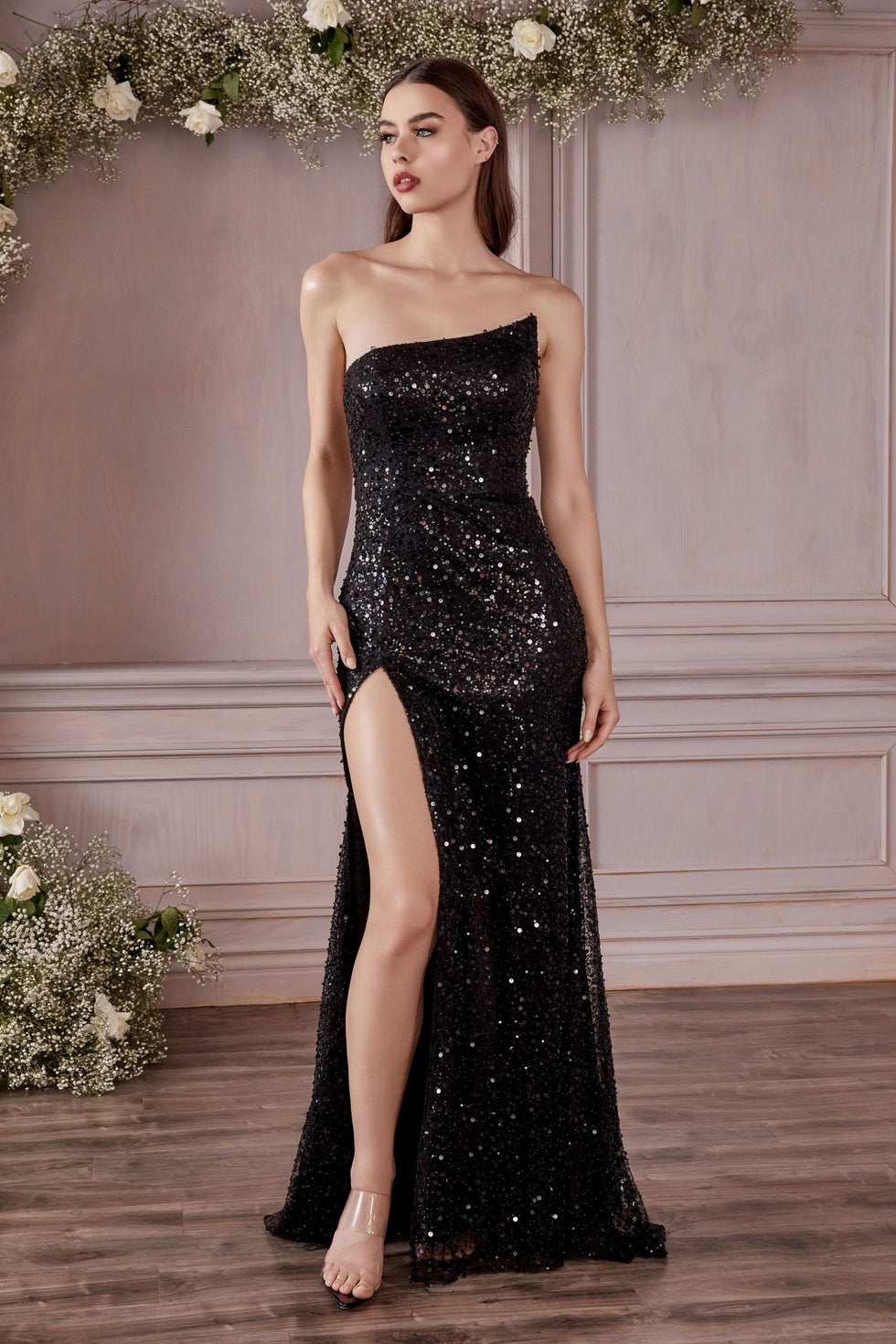Explore the 50s Fashion Era
Step back in time and explore the iconic fashion trends that defined the 1950s. This guide will delve into the distinct styles, influential figures, and the lasting legacy of 50s fashion, a period celebrated for its elegance and transformative impact on the fashion industry.
Overview of 50s Fashion History

The 1950s saw a significant evolution in fashion history, transitioning from post-war austerity to an era of refined elegance and aspirational living. This period introduced many elements that would become synonymous with 50s style, reflecting a broader societal shift towards domesticity and prosperity, especially for women in the 1950s. The prevailing 50s fashion was often characterized by a return to more structured and feminine silhouettes, a distinct departure from previous decades.
Key Characteristics of 1950s Fashion
Key characteristics of 1950s fashion included the prevalence of the "New Look" silhouette, popularized by Christian Dior, which emphasized a cinched waist, full skirts, and rounded shoulders, creating a very feminine shape. The poodle skirt became a popular style in the 50s, often paired with cardigans and high heels. Other notable fashion statements included tailored suits, house dresses for women who stayed at home, and the rise of casual wear like denim, which began to gain traction.
Influences on Fashion Trends in the 50s
Several factors influenced fashion trends in the 50s. The burgeoning post-war economy allowed for more disposable income, leading to an increased demand for new clothing and accessories. The rise of suburbia and the emphasis on the housewife ideal also shaped fashion, with practical yet stylish garments for everyday life becoming popular. Additionally, the emergence of youth culture, with styles like rockabilly, began to introduce more rebellious and casual elements into the mainstream fashion industry.
Impact of Hollywood Glamour on Fashion

Hollywood glamour played an undeniable role in shaping 1950s fashion, setting a powerful fashion trend that captivated audiences worldwide. Iconic Hollywood stars became quintessential 50s fashion icons, inspiring countless women to emulate their sophisticated and elegant style. Their on-screen and off-screen wardrobes, from glamorous gowns to more casual yet polished ensembles, dictated much of the high fashion and overall 50s look, making them true fashion icons of their time.
| Icon | Notable Style |
|---|---|
| Marilyn Monroe | Glamorous gowns |
| Audrey Hepburn | Chic Hepburn look |
| Brigitte Bardot | Sophisticated and elegant |
Iconic 50s Fashion Styles
The Rise of the Housewife Look
The 1950s saw the pervasive rise of the "housewife look," a fashion trend deeply intertwined with societal expectations for women in the 1950s. This fashion style emphasized domesticity and a polished appearance for women who stayed at home, even while performing daily chores. The silhouette of 1950s dresses often featured cinched waists and full skirts, frequently supported by a petticoat to achieve that quintessential voluminous 50s style. House dresses were designed to be both practical and aesthetically pleasing, maintaining an air of elegance that defined much of 50s fashion, a true fashion statement of the era.
Preppy Style in the 50s
Preppy style emerged as a prominent fashion trend in the 50s, embodying a sense of wholesome sophistication and refinement. This fashion style, often associated with college campuses and the privileged elite, featured crisp, tailored garments that conveyed an an air of understated elegance. Key elements of this 50s fashion included oxford shirts, often layered with cardigans, and neat trousers or skirts. The preppy look was a significant departure from the glamour of Hollywood stars like Marilyn Monroe, yet it still held its own as a distinct and influential fashion statement, shaping a specific aspect of 1950s fashion history.
Denim: A Fashion Staple
Initially associated with workwear and rebellion, denim transitioned into a mainstream fashion staple in the 50s, becoming an integral part of casual 50s fashion. Influenced by figures like James Dean, denim jeans became a popular style in the 50s for both men and women, challenging the more formal aesthetics of the New Look. While not considered high fashion, denim's growing popularity marked a significant shift in the fashion industry, indicating a broader acceptance of more relaxed and comfortable attire. This versatile fabric, once a symbol of the working class, solidified its place as an enduring fashion trend, contributing to the diverse tapestry of 1950s fashion.
Signature 50s Fashion Icons
Influential Female Fashion Icons
The 1950s saw the emergence of several influential female fashion icons who significantly shaped 50s fashion, dictating many of the prevailing fashion trends. Beyond the ubiquitous Hollywood stars like Marilyn Monroe and Audrey Hepburn, who epitomized glamour with their elegant silhouettes and sophisticated wardrobes, other figures also left an indelible mark. These women, whether through their on-screen roles or public appearances, set the standard for what was considered fashionable for women in the 1950s, making them true fashion icons.
| Icon | Style |
|---|---|
| Grace Kelly | Refined and regal, a symbol of understated elegance |
| Elizabeth Taylor | Opulent and dramatic, influencing high fashion |

Male Fashion Icons of the 50s
Male fashion in the 50s was also heavily influenced by its own set of fashion icons, who helped define the evolving fashion trend for men. These men, through their distinct fashion statements, showcased the diverse range of male fashion in the 1950s, from the casual coolness to the polished gentleman, all contributing to the rich tapestry of 1950s fashion history.
| Icon | Signature Style |
| James Dean | Rebellious denim-clad rockabilly look |
| Marlon Brando | Rugged yet cool aesthetic |
| Frank Sinatra | Refined and debonair, often seen in sharp suits |
How Icons Shaped 50s Fashion Trends
Fashion icons of the 1950s played a pivotal role in shaping 50s fashion trends, effectively serving as trendsetters for the masses. Whether it was the "New Look" silhouette popularized by Hollywood glamour or the rebellious denim championed by actors like James Dean, these figures influenced everything from high fashion to everyday wear. Their public appearances and cinematic roles transformed individual styles into widespread fashion statements, making particular garments like the cinched waist and full skirts or the simple cardigan synonymous with the 50s look. The emulation of these fashion icons by women in the 1950s and beyond solidified their impact on fashion history, ensuring their legacy as arbiters of 50s style.
Popular 50s Fashion Trends

Poodle Skirts: A Symbol of the Era
The poodle skirt emerged as perhaps the most iconic and recognizable fashion trend of the 1950s, embodying the playful and youthful spirit of the early 1950s. This whimsical skirt, often featuring an appliqué of a poodle, became a popular style in the 50s, particularly among teenagers. Typically paired with a fitted cardigan, a cinch belt, and high heels or saddle shoes, the poodle skirt was a fashion statement that exuded a distinct 50s style. Its widespread popularity cemented its place in 1950s fashion history, symbolizing a shift towards more casual yet still distinctive fashion for women in the 1950s, departing from more formal silhouettes.
Glamour and Elegance in Evening Wear
Evening wear in the 1950s was characterized by unparalleled glamour and elegance, reflecting a desire for opulence after the austerity of the war years. The dominant silhouette for evening gowns often mirrored the "New Look," emphasizing a cinched waist and voluminous skirts, sometimes supported by a petticoat to achieve dramatic fullness. Fabrics like silk, satin, and velvet were popular, adorned with intricate embellishments such as beads and and sequins. This high fashion approach to evening attire showcased the epitome of 50s fashion, providing women in the 1950s with opportunities to embody the sophisticated 50s look, reminiscent of Hollywood glamour and the fashion icons of the silver screen.

The Evolution of Casual Wear
The 1950s saw a significant evolution in casual wear, moving beyond its purely functional origins to become an accepted fashion trend. While traditional fashion in the 1950s still emphasized formality, the burgeoning youth culture and the influence of male fashion icons like James Dean helped popularize denim jeans as a mainstream fashion staple. For women in the 1950s, casual wear often included capri pants, tailored shirts, and simple cardigans, offering comfort without sacrificing the overall 50s style. This shift marked a gradual departure from the rigid "New Look" silhouette, demonstrating the fashion industry's responsiveness to a more relaxed and practical approach to everyday attire, transforming casual clothing into a distinct fashion statement of the late 1950s.
Fashion FAQ Retro Looks, Real Answers
What was the vibe of 1950s fashion?
Imagine elegance meets everyday glam. It was giving hourglass silhouettes, polished fits, and major "perfect housewife but make it fashion" energy. Think Grace Kelly at brunch or Marilyn Monroe walking her dog.
What’s the deal with poodle skirts?
Total teen girl core. Big, flared felt skirts with sassy poodle patches made for dancing, twirling, and looking fab at the diner. Basically, the 1950s version of a statement piece.
Who were the OG fashion influencers?
-
Marilyn Monroe = Bombshell energy.
-
Audrey Hepburn = Soft girl, timeless chic.
-
James Dean = The blueprint for cool.
-
Grace Kelly = Regal elegance with a pearl earring.
-
Marlon Brando = White tee + leather jacket legend.
Icons walked so Pinterest could run.
Why did everyone dress like they were headed to a dinner party?
Because post-WWII society was all about ✨status✨ and appearances. Even house chores had a dress code. You didn’t just look good you looked like you had your life together.
Was denim really that deep?
Yup. Denim was not mainstream at first it was edgy. Guys like James Dean and Marlon Brando turned jeans into rebellion wear. It was like, “I’m not like other boys. I wear Levi’s.”
Was casual fashion even a thing?
Late in the decade, yes. Capri pants, cardigans, and tucked-in tees became lowkey staples. Youth culture was on the rise, and teens were ready to ditch formality for fun and freedom. Mood: comfy but still camera-ready.
What was the “New Look” and why was it iconic?
Christian Dior dropped this bombshell fit in ‘47 tight waist, full skirt, soft shoulders. It redefined femininity and ruled the 50s. If a dress didn’t make you look like a literal cupcake, was it even fashion?
Can I wear 50s fashion today without looking like I’m in a school play?
Absolutely. Just remix it:
-
Cinched waist dress + combat boots
-
Cardigan over crop top
-
High-waisted jeans + vintage sunnies
It’s called modern vintage, and she slays.
What’s the preppy side of 50s fashion?
Buttoned-up, clean, and college-core. Think sweaters over shoulders, loafers, plaid skirts, and the energy of someone who’s never late to class. Less glam, more “I summer in Cape Cod.”
Best starter piece for a 50s-inspired fit?
Easy wins:
-
Circle skirt
-
Cardigan (bonus if it’s pastel)
-
Cat-eye sunglasses
-
Saddle shoes or red lipstick (instant main character)
✍️ About the Author
Name: Shokhsanam Ganieva
Title: Content Creator & Content Strategist
Contact: LinkedIn
Location: Global rooted in trends, powered by data
Specialty: Deep-dives into self-care beauty trends, skincare science, and cosmetic branding





